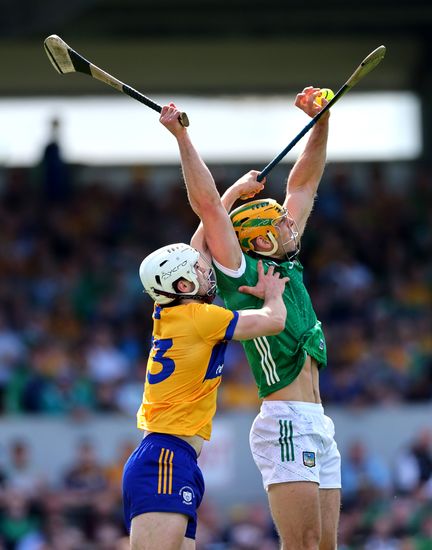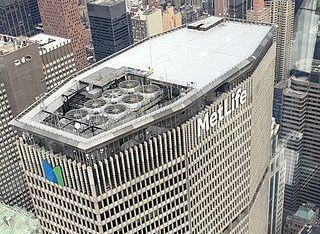New York Mayor John Lindsay pictured at a meeting with President Lyndon Johnson in the Oval Office in 1967. FRANK WOLFE/LBJ LIBRARY
Between the Lines / By Peter McDermott
We live in strange and perilous times.
There’s the clown president talking about “light” and “heat” and disinfectant as cures for a virus that has the world on its knees.
Then there are those flag-waving patriots who want to “live free or die.” It’s as if a viral side-effect for some is the person can only understand the world and its concepts one syllable at a time —Trump good, flu bad. Once a word gets up to three syllables — as in “pandemic” — or three and a half — like “contagious” — the infected brain is seemingly unable to comprehend it.
So it’s hard to shock us in these the first days of May in the year 2020. And yet, in the category of “Yes, kids, this actually happened!” is an event whose 50th anniversary we’ll mark on this coming Friday, May 8.
Or will we?
The mainstream media’s coverage of key 50th anniversaries has been somewhat limited and at times non-existent of late.
However, we do have Joan Walsh's treatment of the “Hard Hat Riot of 1970” in “What’s the Matter with White People,” a memoir that is in part a critique of the Democratic Party’s failure to hold on to those who switched allegiances to the GOP in that era, including some within her own extended Irish-American family.
The immediate backdrop was Kent State University. On May 4, soldiers of the Ohio National Guard shot 13 students during a protest against the war in Vietnam and the Nixon Administration’s expansion of it into Cambodia. Four died — the closest fatality had been 265 feet away and the furthest 390 feet. Two of the four had not been involved in the campus protests. (In a less well-known incident a week and half later, Mississippi state police shot and killed 2 students, and injured 12 more, at a protest at Jackson State College.)
Mayor of New York John Lindsay ordered that all flags at City Hall fly at half-staff in sympathy with the four who’d died at KSU. On the morning May 8, college and high-school students assembled at Federal Hall at the corner of Broad and Wall Streets to listen to speakers who were close to the statue of George Washington. It was a Friday, too.
Close to noon during one of the speeches, about 200 men, apparently construction workers, flowed through the narrow part of the street from Broadway. After a short time, the workers pushed passed police lines to attack the students, targeting “longhairs” whom they could pull easily to the ground and assault with their hardhats and other weapons. White-collar workers who tried to defend the students were themselves beaten. The hard hats, joined by more of their comrades, went on to cause havoc at nearby City Hall.
The riot lasted two hours and 70 people were injured, most badly enough to be treated in the hospital. They called it “Bloody Friday.” The anti-war protesters reported that the NYPD, which suffered four injuries, stood by while they were being attacked. At least one Wall Street stock-broker went on the record to say that the construction workers were being directed by two guys in suits.

Mary Ann Vecchio kneeling over the dead body of fellow Kent State University student Jeffrey Miller on May 4, 1970.
Since the previous year, 55 percent of Americans had been saying in polls that it had been a mistake to send troops to Vietnam. But for conservative sections of the labor movement anti-communism was an article of faith, and a hitherto Democratic constituency militantly supported Nixon’s war policy in Southeast Asia. (Student protesters were not, it should be said, viewed with great sympathy at the time and were thus a soft target. A majority of Americans assumed the National Guardsman had to have been acting in self-defense at KSU.)
Peter J. Brennan, the labor leader behind the Hard Hat Riot and bigger demonstrations in subsequent days, backed the president for reelection in 1972 and was rewarded with the position of Secretary of Labor in the Cabinet, which he held until shortly after the president’s fall.
If the riot, however, does get a retrospective treatment this week it will likely be because Lindsay was a national figure and a potential challenger to Nixon in ’72.
The rather more obscure Fred Hampton was passed over by the mainstream media on his 50th anniversary, even though he was the Black Panther who had the most potential to go mainstream in politics, if he’d lived. Hampton, who had formed alliances between young Chicagoans of different racial backgrounds, was drugged by an informant on the evening of Dec. 3, 1969, and killed in his bed at 1:30 a.m. by Chicago police in collusion with the FBI.
J. Edgar Hoover, then into his fifth decade as FBI director, had believed Martin Luther King Jr. and the movement for civil rights were communist-inspired; inevitably, more militant groups whose attitude on the use of violence was ambivalent became an obsession for him. It was the FBI’s COINTELPRO program aimed at breaking up radical anti-war and black organizations that put the informant in the Panthers’ Chicago operation.
Curt Gentry wrote in a major 1991 biography of Hoover, “Young (21), dynamic, and an effective organizer (at 18 he’d led the an NAACP fight to desegregate swimming pools), Hampton showed the disturbing potential of someday becoming the new ‘black’ messiah the FBI so feared.”
Ralph Abernathy, the successor to King as head of the Southern Christian Leadership Conference, and Jesse Jackson, who was also with the Civil Rights leader at the time of his assassination in Memphis, were among the eulogists at the Panther leader’s funeral, attended by 5,000 people. Jackson said “[when] Fred was shot in Chicago, black people in particular, and decent people in general, bled everywhere.”
“For most it was the final straw,” said author Bryan Burrough in “Days of Rage: America’s Radical Underground, the FBI and the Forgotten Age of Revolutionary Violence."
"Tens of thousands have learned that protests and marches don't do it. Revolutionary violence is the only way," said Weather Underground founder Bernardine Dohrn in the days after Hampton's death.
"It was the murder of Fred Hampton more than any other factor that compelled us to take up armed struggle," wrote David Gilbert, a white radical who later linked up with a terroristic spin-off from the Panthers and has been behind bars since the day of the 1981 Brinks robbery in Nyack, N.Y., that killed two police officers and a security guard.
“For once radical propaganda was accurate,” said Burrough, in an account that’s otherwise unsympathetic to violent splinter groups. “It amounted to an official assassination.”
Four months later, on March 6, 1970, three of Dohrn’s comrades died in an explosion that destroyed a townhouse on West 11th Street in Greenwich Village, New York City. This was a pivotal event in the history of violence in that time, but 50 years on, it got a real-estate article in the New York Post about what happened to the building and an opinion piece in the New York Times by former, and repentant, Weather Underground member Mark Rudd.
On Monday, the Times similarly confined itself to an opinion piece on the Ohio killings of 50 years ago — an interesting one certainly from a professor at Cleveland State University. But this contrasts with the sepia-toned backward glance in 2019 at the summer of Stonewall, Apollo 11 and Woodstock. The Moon landing of July 20, of course, was a world-historic event, one that has lent itself perfectly to dramatic treatment on the finer TV shows, like “Mad Men” and “The Crown” — the children look up to the sky, dad peers into his soul and the whole family watches the great moment on television.
History is messier and more complex, of course, and print media could always do better in grappling with it.
The history is there, if we look more closely. Burrough in this book quotes a retired FBI agent, Max Noel, saying, “People have completely forgotten that we had over 1,900 domestic bombings in 1972 in the United States.”
At a time when the FBI is taking seriously white supremacism and far-right ideologies generally as a terrorist threat, it would useful to have some background on the extra-constitutional violence of the not-too-distant past.










